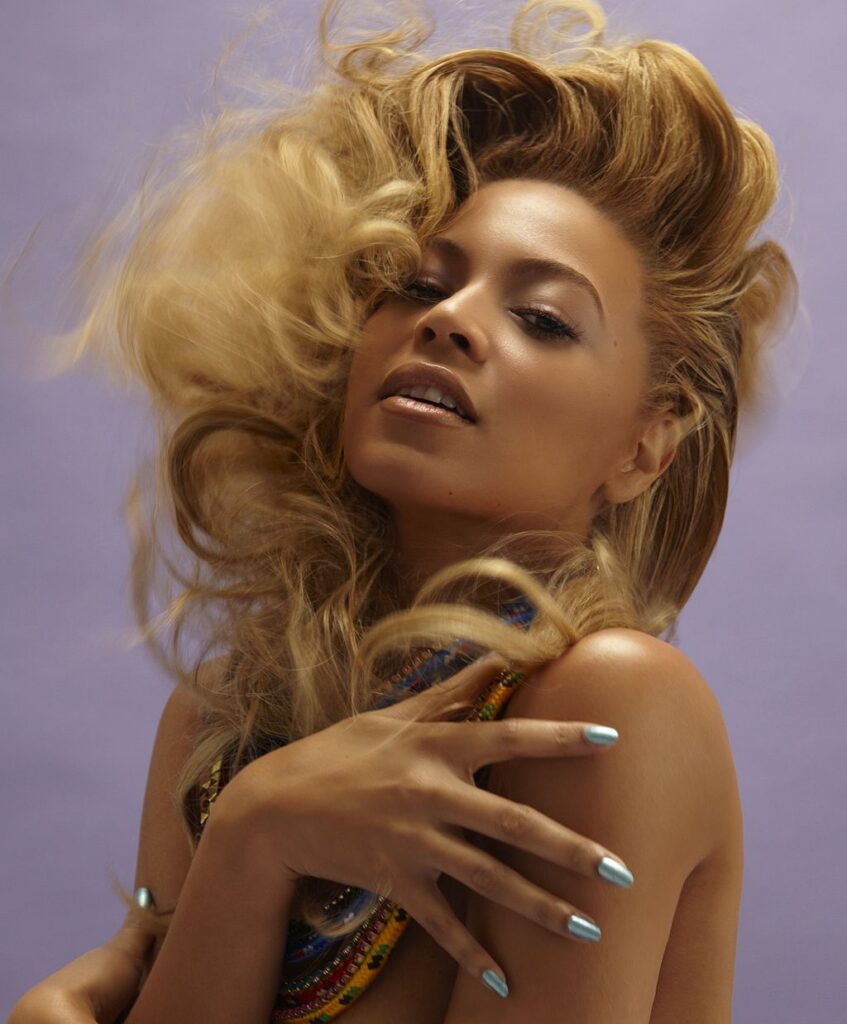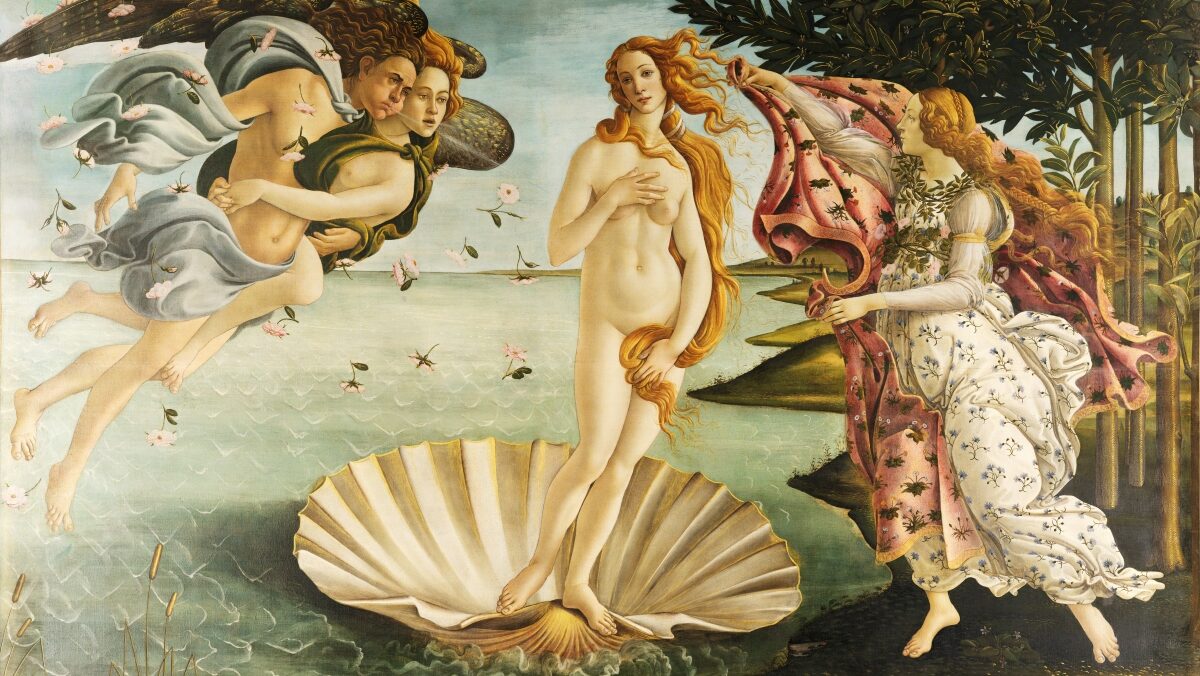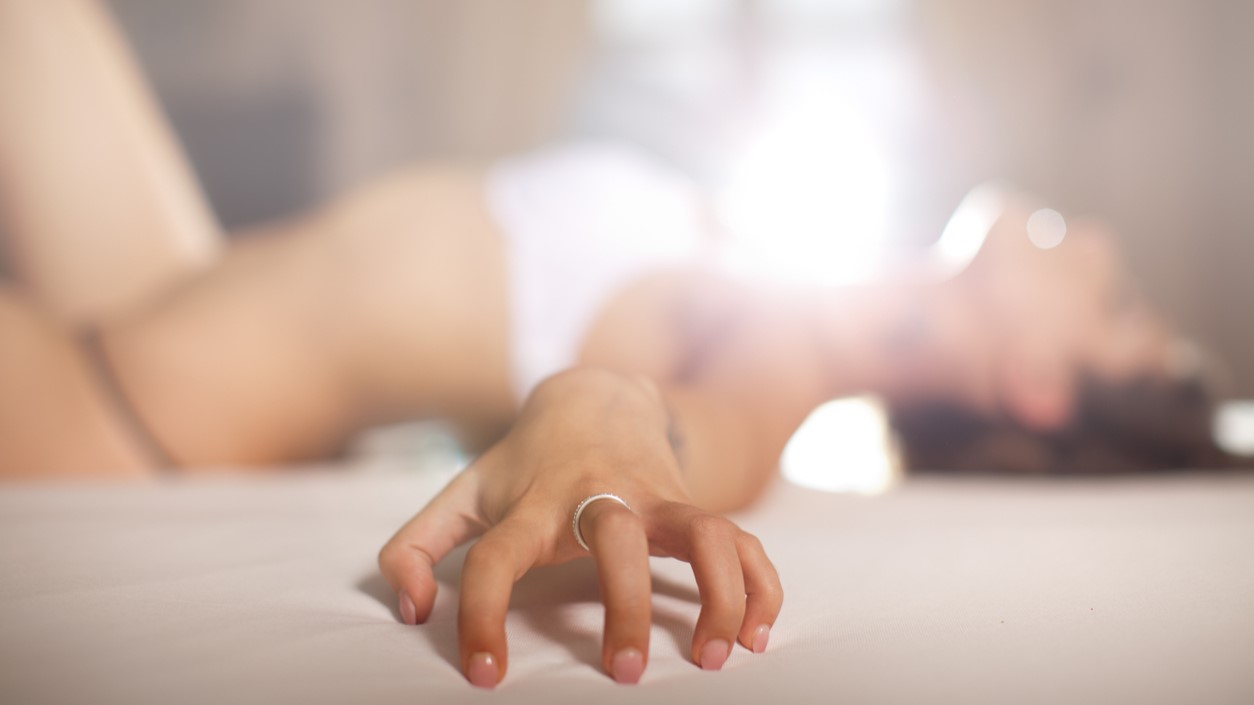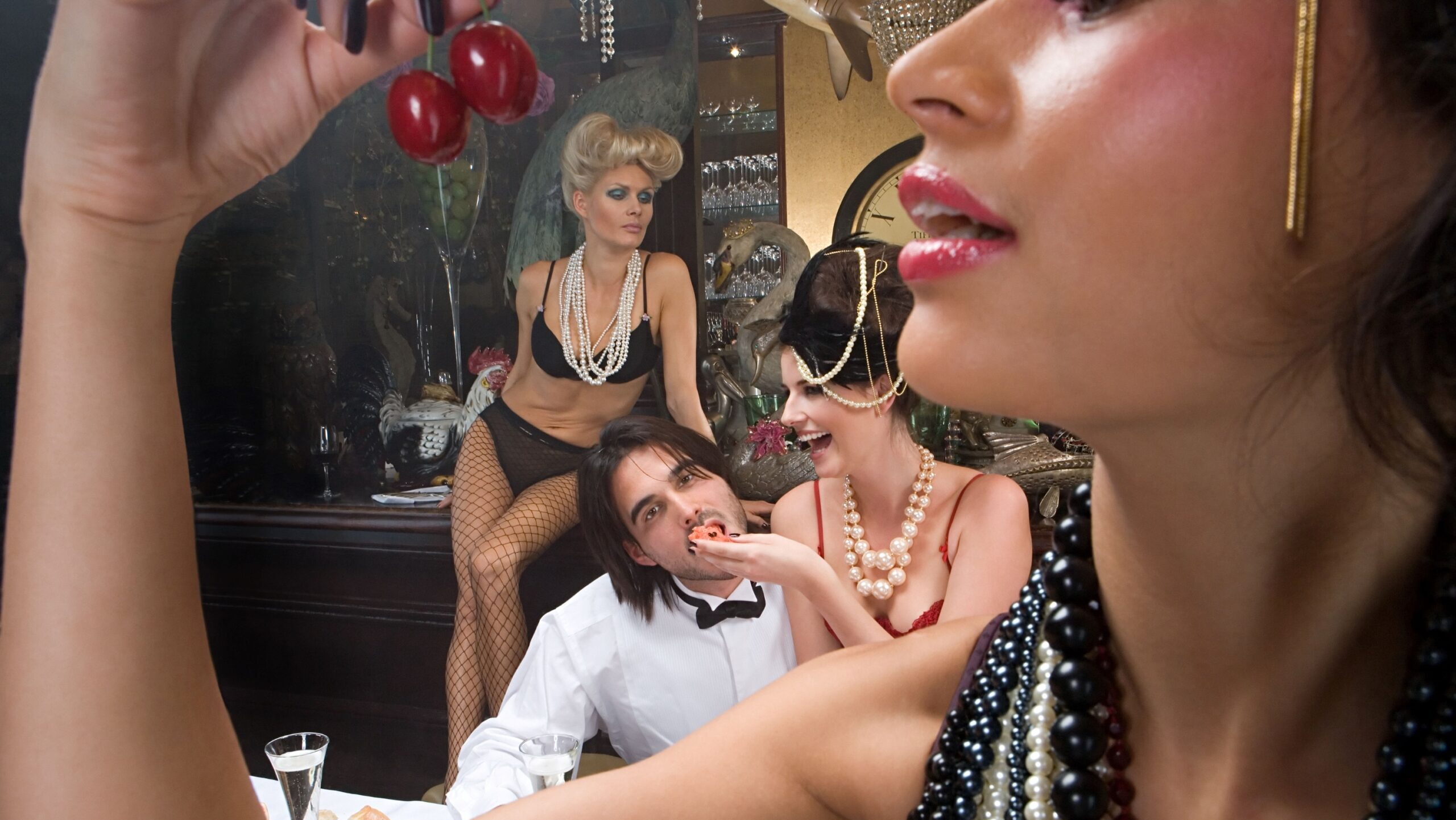The ideal woman is often portrayed with long, silky hair. Celebrated in tales such as Rapunzel and masterpieces like Botticelli’s The Birth of Venus, these traits are symbols of beauty and femininity.
Intrigued by this cultural depiction, researchers explored the impact of hair quality and length on sexual activity between married couples.
Published in Frontiers in Psychology, their findings suggest physical characteristics linked to finding a mate don’t just draw people together, they help keep them together.
The study
Diving into the allure of lush and long locks, this investigation offers deeper insights into human behavior and the intricacies of relationship bonding.

Conducted by Yonsei University researchers in Seoul, South Korea, it involved 204 heterosexual married couples ranging in age from 25 to 51.
Using an online survey, researchers collected data on hair quality and length, physical attractiveness, sexual desire toward a spouse, and frequency of sexual activity.
To uncover the complex interplay of these variables, including both their direct and indirect effects on couples’ relationships, they used an adapted version of the double mediation Actor-Partner Interdependence Model (APIM). They controlled for factors such as age, marital and sexual satisfaction, perceived commitment, marriage duration, and number of children.
By analyzing the responses of both husbands and wives, researchers aimed to understand how perceptions of hair influence how often couples have sex.
Results
The study unravels hair’s role in marital intimacy and intriguing gender-based differences.
Findings revealed wives with long and high-quality hair had more frequent sex. In contrast, the hair traits of the husband had no direct or indirect impact on sexual activity.
Women’s luxurious locks

Both the quality and length of women’s hair were positively associated with how often married couples had sex. However, hair quality showed a stronger correlation.
Hair traits indirectly influenced sexual frequency by increasing wives’ perceived attractiveness, which then impacted their husband’s sexual desire.
To explain these results, researchers suggested that hair quality, which is more difficult to alter than hair length, serves as a better indicator of a woman’s reproductive capabilities and general health.
Men’s hair and physical attraction
Wives found husbands with higher-quality hair more attractive.
The length of the husband’s hair, on the other hand, didn’t have a significant effect on how attractive their wives found them
Yet neither the husband’s hair quality nor length significantly influenced the frequency of sexual activity in marriage.
Researchers here suggested this may be because, from an evolutionary perspective, these traits are less valued in me.
Locks of insight

Hair that turns heads might also keep the spark alive in long-term relationships.
This study reveals how women’s tresses shape sexual dynamics, highlighting their gender-specific influence on sexual signaling.
Specifically, women with high-quality, long hair had more frequent sex in marriage. These traits affected intimacy subtly by boosting wives’ attractiveness, which increased sexual desire in partners. Men’s hair traits, on the other hand, showed no significant effect.
The researchers advocate for more detailed studies on how men and women’s attributes impact marital satisfaction, noting that research has largely focused on partner selection. Future studies could also examine how hair preferences vary by demographic, motivation, and life stage.
This is important as physical traits associated with fertility may not only play a crucial role in attracting partners, but also in maintaining relationships.
Featured image source: Sandro Botticelli, The Birth of Venus (c. 1484–1486).



